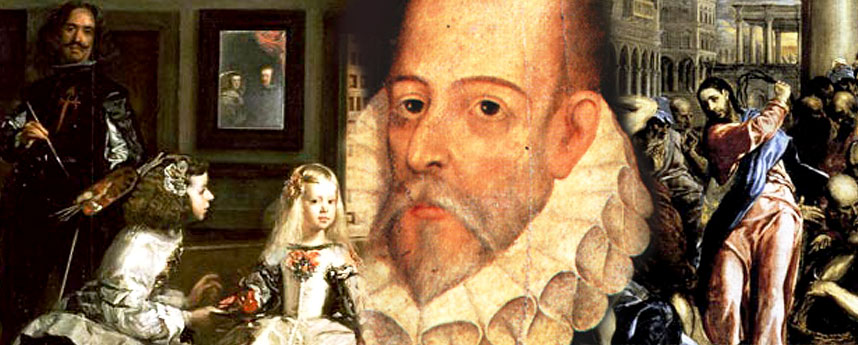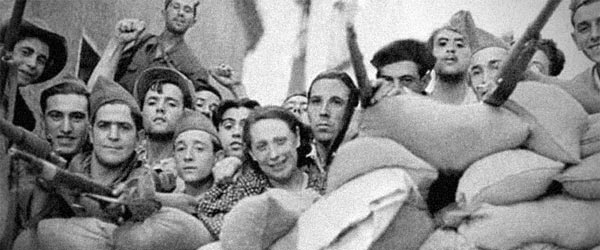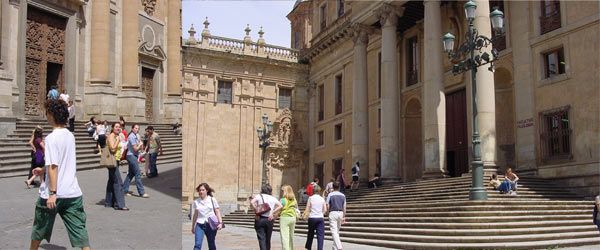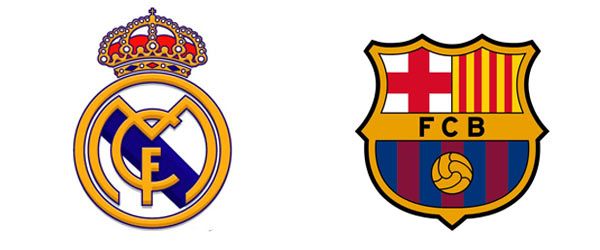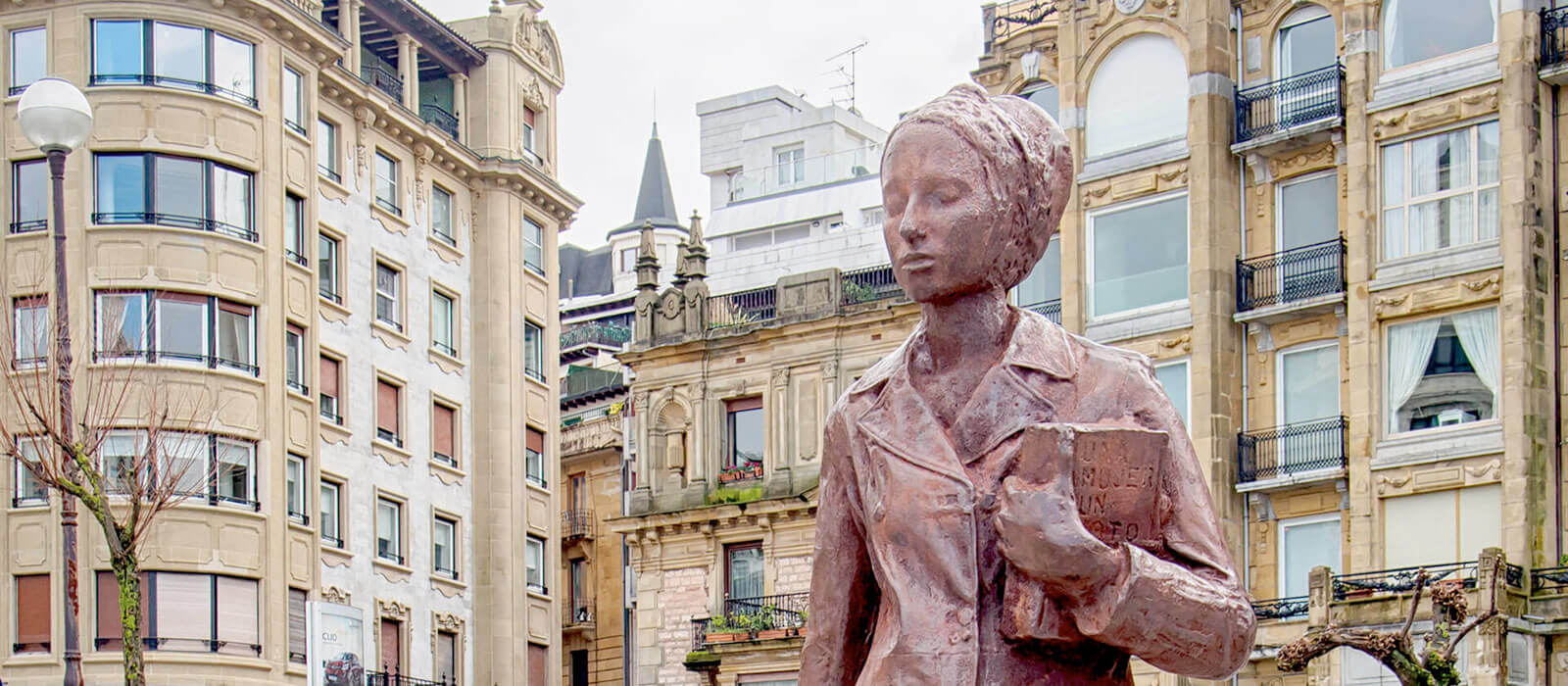Kings of Spain named Felipe | donQuijote

Spain has just enthroned her sixth King Felipe. The following is a quick peek at the kingly lives of these six Felipes.
Felipe I of Habsburg: Born in Bruges, Belgium (1487), this Felipe received the Spanish crown and introduced the house of Austria to Spain through his marriage to Juana I de Castilla, daughter of the Catholic monarchs. Juana became heir to the throne of Aragón and Castile when her older siblings Juan and Isabel died. After the death of Isabel the Catholic, King Ferdinand hoped to continue ruling. The flatteringly nicknamed “Felipe the handsome” however was not willing to renounce his own power. They reached an agreement known as the Concordia de Salamanca (1505) which granted joint rule to Ferdinand of Aragon, Juana, and Mr. Handsome himself. Felipe and Juana had six kids, the second would inherit the throne for being born the first boy. He would go on to rule under the name Carlos I.
The son of Carlos I, Felipe II, represents the height of opulence during the Spanish empire. He was the king of Spain, Naples, Sicily, and Portugal, and for four years he was even the king of England. His reign saw the construction of the San Lorenzo del Escorial Monastary, where he died in 1598. He’s something of a controversial figure: some consider him a paragon of virtue while others (including protestant historians) think he was a more of a fanatical tyrant. The Spanish empire would extend around the world under Felipe II’s rule, a time when the famous phrase “the sun never sets on Spain” emerged. He married not twice nor thrice but four times, and had a total of eight kids. The penultimate of these heirs would carry on the Habsburg’s dynasty under the name Felipe III.
Felipe III reached the height of Spanish expression. He showed much more interest in theatre and painting than politics, which he delegated to his favorite, the Duke of Lerma. In many history books, this Felipe’s reign remains in the quiet shadows of ambitious dad Felipe Sr.’s incredibly prosperous rule, along with that of his gramps, Carlos I. Felipe III, known as Felipe the pious, did however achieve a high level of culture in Spain and an unprecedented 23 year period of peace known as the Pax Hispanica. He had eight children with his wife Margarita de Austria. The first-born boy, would be would reign as Felipe IV.
Known as the Planet King, Felipe IV occupied the throne for nearly 45 years, the longest lasting reign of the Habsburg dynasty. The Count-Duke of Olivares Gaspar de Guzmán would prove fundamental to his reign, a politician who maintained a firm foreign policy to preserve Spanish power in Europe. Spain’s constant wars with France and European Protestants drove Spain to a crisis. France’s Louis XIV took advantage of the state of his weakened neighbors and promptly went about becoming Europe’s most powerful king. Felipe IV had seven kids with his first wife Isabel of France, five of whom died before reaching adulthood. He later married Mariana of Austria and had five kids. After the first two boys died, Carlos II inherited the crown. Felipe IV had at least eight children out of wedlock.
Felipe V had to wait 35 years before becoming king, but then he went on to rule for 45 years, the longest lasting reign in Spain’s history. He was also the first Spanish king of the house of Bourbon. His connection to the throne recalls a soap opera-like storyline; this Felipe was the grandson of Luis XIV of France, the great grandson of Felipe IV of the house of Habsburg. He couldn’t take the French throne because he wasn’t the first-born son and because his grandmother had renounced her dynastic rights to marry Luis XIV of France. King Carlos II of Spain had no heirs, so in 1698 the European monarchs put together the First Partition Treaty of Spain, which named José Fernando de Baviera as successor to the Spanish crown. José died a year later however, which obliged Europe’s monarchs to create the Second Partition Treaty of Spain in 1700, granting the crown to Archduke of Habsburg. King Carlos II surprisingly designated his grand-nephew Felipe as heir, hoping that this Felipe, supported by the French crown, would prevent the empire from falling apart. Felipe V was crowned in November of 1700. All European monarchs recognized the new king except the House of Austria. A conflict erupted between the two dynasties, the Habsburgs and the Bourbons, resulting in a war of succession that pitted Felipe supporters and Archduke Carlos supporters against one another in and outside of Spain. In 1713, Carlos ended up taking the throne of the German empire. The rest of the European powers signed the Treaty of Utrecht to control the growing dominion of the Habsburgs. The treaty removed Spain from the Habsburgs’ control, but allowed them to keep their overseas land and their metropolitan areas (except Gibraltar, which was given to Britain). All European monarchs recognized Felipe V, except Emperor Carlos, who continued claiming the Spanish crown.
The latest in this long series of Felipes was proclaimed king on June 19, 2014, with the name Felipe VI. He took the throne after the abdication of his father, who had remained the King of Spain since 1975, after the death of the Spanish dictator Francisco Franco. Upon Franco’s death, Felipe became the Prince of Asturias, heir to the Spanish throne. A young Felipe VI studied for one year in Canada before starting at university. He earned a degree in law from the University of Madrid and later a masters degree in international relations from the University of Georgetown. In 2004 he married Leticia Ortíz, a well-known TV reporter. The couple has two children: Leonor (2005) and Sofia (2007).



